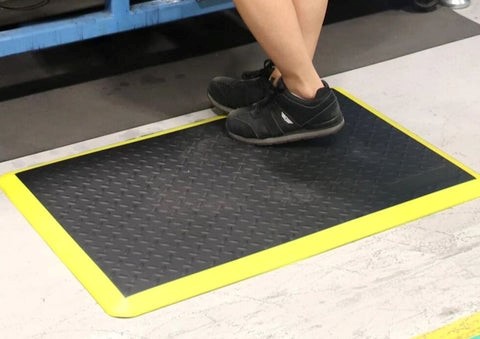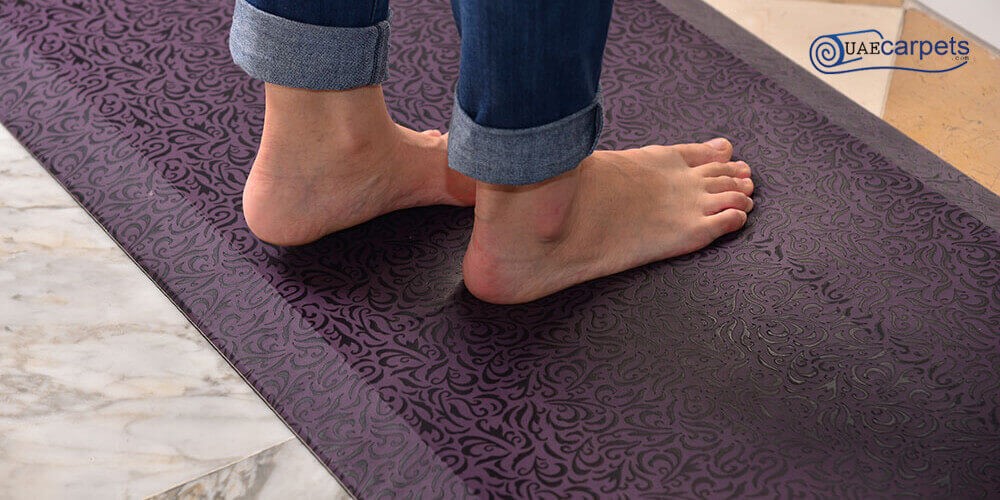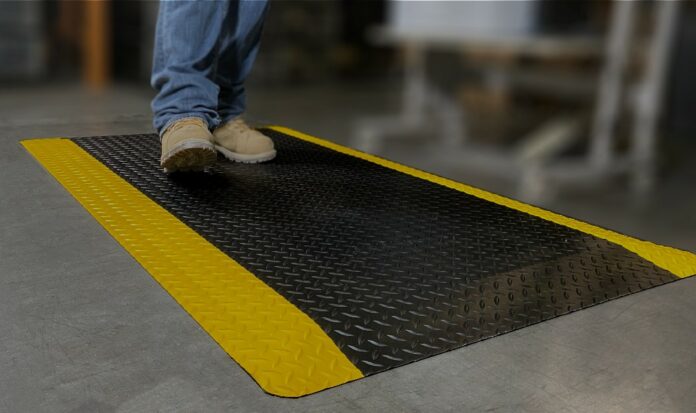History
Anti-fatigue mats were developed in the early 1950s by American inventor and entrepreneur, Ronald F. Renschler. The first anti-fatigue mat was made from rubber, and it was designed to help people who stood for long hours, such as factory workers, to reduce the strain on their feet, legs, and lower back.
While the early anti-fatigue mats were made from rubber, over time, new materials such as vinyl, foam, and gel were used to make them more comfortable and effective. Today, there are many types of anti-fatigue mats available, ranging from basic rubber mats to high-tech ergonomic mats that are designed to provide maximum support and comfort.

Purpose
“The primary purpose of anti-fatigue mats is to reduce the physical strain and fatigue caused by continued standing on hard surfaces”, stated by Mr. James from UAE Flooring, where they deal in Anti Fatigue Mats in Dubai and around the Middle East. Standing on a hard surface for long periods can cause muscle fatigue, joint pain, and other health issues. Anti-fatigue mats help to ease these problems by providing a cushioned surface that reduces the impact of standing on the body.
Anti-fatigue mats are typically made from materials such as rubber, foam, vinyl, or gel. The thickness and density of the mat can vary depending on the intended use and level of comfort required. Some anti-fatigue mats have beveled edges or other features that prevent tripping or slipping.

Benefits
The benefits of anti-fatigue mats include increased comfort, reduced physical strain, improved productivity, and a safer work environment. By providing a cushioned surface for workers to stand on, anti-fatigue mats can help to reduce the risk of accidents and injuries caused by fatigue and discomfort.
Overall, anti-fatigue mats are an effective solution for anyone who stands for extended periods, and they are a valuable investment for companies and individuals looking to improve comfort and cut the risk of injuries.




